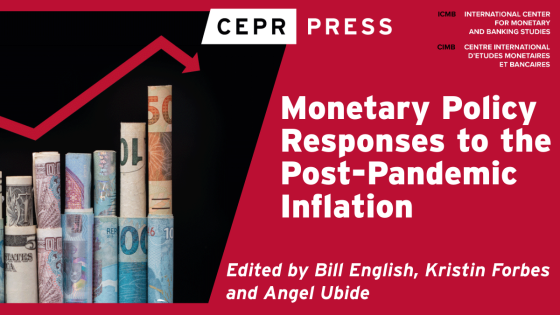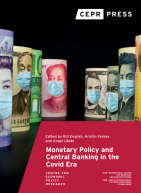Central banks worldwide responded swiftly to the economic challenges posed by the COVID-19 pandemic through massive policy interventions aimed at averting prolonged economic weakness and deflationary risks. However, a more rapid than expected recovery in demand, coupled with supply-side shocks and geopolitical events, led to inflation soaring to levels unseen in decades. Emerging markets responded swiftly by adjusting their monetary policy stances, while some advanced economies hesitated due to greater confidence in inflation expectations, idiosyncratic concerns, and uncertainty regarding the global economic recovery. Eventually, most central banks embarked on an aggressive cycle of monetary policy tightening, raising interest rates rapidly and in large increments.
After liftoff, central banks faced a second challenge: calibrating the policy response. Economies proved more resilient to higher interest rates than expected and inflation remained elevated, which raised concerns that high inflation would become embedded in wage and price setting. Central banks therefore had to continually adjust their tightening plans to be more restrictive, and then subsequently maintained rates at high levels for an extended period and until they were confident that that inflation would converge towards targets. The shift to tightening policy was accompanied by meaningful progress shrinking balance sheets, with most central banks opting for ‘passive’ quantitative tightening. Despite initial uncertainties, economies adjusted well, with inflation declining and unemployment rates remaining low, suggesting that the aggressive policy response may have successfully contained inflationary pressures in the long run with much less pain for the real economy than expected.
A pivotal question is whether central banks could have mitigated the need for aggressive policy tightening by providing less stimulus during the pandemic. Even though the adjustment has been fairly smooth to date, similar adjustments to interest rates could present greater challenges to financial stability and aggregate activity in the future. The chapters highlight how the experience of the past few years serves to remind central banks that they cannot ignore inflation risks, especially in a environment where inflationary pressures can rapidly fluctuate due to unforeseeable global shocks.
This comprehensive resource, which follows on from the CEPR eBook Monetary Policy and Central Banking in the Covid Era (2021), serves as a valuable reference for understanding the complexities and trade-offs encountered by central banks during these tumultuous times. The research presented will provide guidance for policymakers when confronting future shocks.






